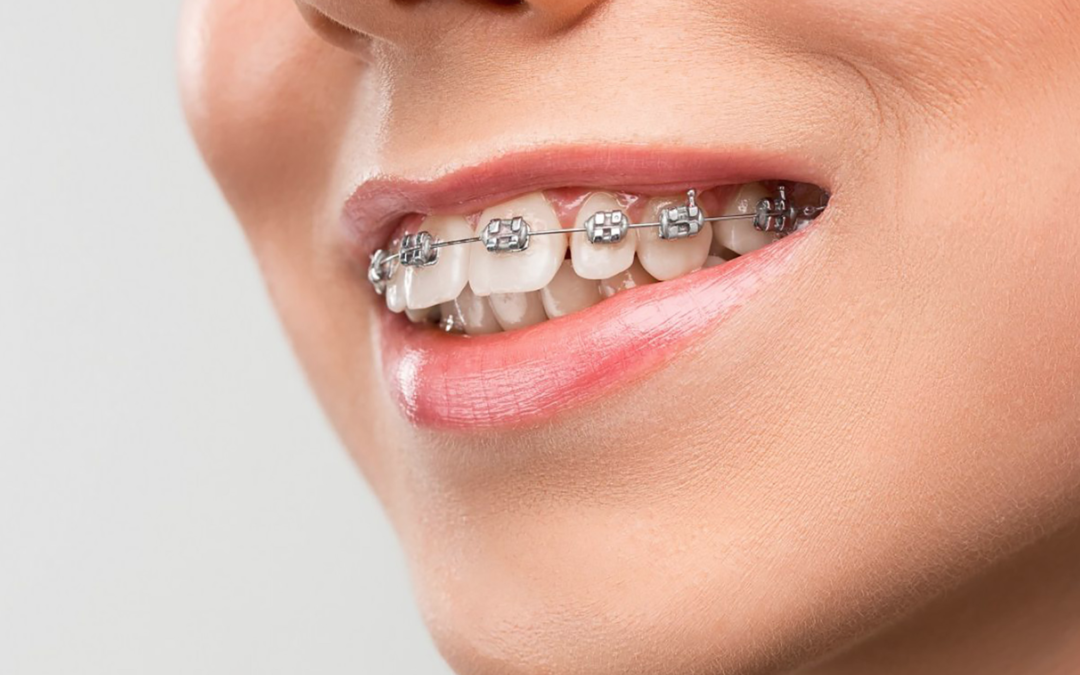Table of Contents
Heading
1. Introduction
2. The Evolution of Orthodontics
3. The Role of Technology in Orthodontics
4. Advantages of Technological Advancements
5. Challenges in Implementing Technology
6. The Impact of Technology on Human Happiness
7. The Future Landscape of Orthodontics
8. Embracing the Future
9. How Technology Enhances Patient Experience
10. The Human Touch in Orthodontics
11. Striking the Balance
12. Revolutionising Treatment Procedures
13. The Power of Smiles
14. Addressing Ethical Concerns
15. Conclusion
The Future of Orthodontics: Technology & Human Happiness
1. Introduction
Orthodontics has come a long way since its inception. Over the years, the field has witnessed remarkable advancements, significantly improving treatment procedures and patient experiences. With the integration of cutting-edge technology, the future of orthodontics holds immense promise. This article explores the profound impact of technology on orthodontic practices and how it intertwines with human happiness.
2. The Evolution of Orthodontics
From ancient attempts to straighten teeth to the modern orthodontic practices, the field has undergone a transformative evolution. The journey from crude metal bands to discreet aligners has made orthodontic treatments more accessible and convenient for individuals seeking a confident smile.
3. The Role of Technology in Orthodontics
In recent years, technology has played a pivotal role in revolutionising orthodontics. Digital imaging, 3D printing, and computer-aided design have enabled orthodontists to devise personalised treatment plans with pinpoint accuracy. This integration of technology has elevated orthodontic procedures to new heights.
4. Advantages of Technological Advancements
The incorporation of technology in orthodontics brings forth a multitude of advantages. Patients now experience reduced treatment duration, enhanced precision, and improved comfort. Additionally, the availability of virtual consultations and treatment monitoring has made orthodontic care more flexible and accessible.
5. Challenges in Implementing Technology
While technology holds great promise, its implementation is not without challenges. Financial constraints, staff training, and maintaining patient privacy are some of the hurdles that orthodontic practices may face. Addressing these challenges is crucial for maximising the potential benefits of technological advancements.
6. The Impact of Technology on Human Happiness
The impact of orthodontic technology on human happiness goes beyond just the physical aspect. A confident smile resulting from successful orthodontic treatment can boost self-esteem and positively influence social interactions. Technology’s role in expediting treatment can also alleviate discomfort, leading to happier patients.
7. The Future Landscape of Orthodontics
Looking ahead, the future of orthodontics appears promising and exciting. Advancements in biotechnology and nanotechnology could lead to even more sophisticated treatment options, further improving the overall patient experience. Moreover, tele-orthodontics may enable remote monitoring and treatment, widening access to quality care.
8. Embracing the Future
Embracing technological innovations is key for orthodontists to stay relevant and provide top-notch care. Those who adopt state-of-the-art technology can offer their patients faster, more precise, and comfortable treatments, setting the benchmark for excellence in the field.
9. How Technology Enhances Patient Experience
Orthodontic technology has transformed patient experiences. The digitalisation of records, treatment planning, and progress monitoring streamline processes, reducing waiting times and increasing convenience. Patients appreciate the efficient, hassle-free approach that modern technology brings to orthodontics.
10. The Human Touch in Orthodontics
Amidst the influx of technology, the human touch remains irreplaceable. Empathy, understanding, and personalised care form the backbone of an exceptional orthodontic experience. Establishing a strong patient-doctor relationship fosters trust and ensures patients feel heard throughout their journey to a beautiful smile.
11. Striking the Balance
The future of orthodontics lies in striking a harmonious balance between technological advancements and human-centred care. Integrating cutting-edge technology while preserving the essence of human connection is vital for achieving the best outcomes and nurturing patient happiness.
12. Revolutionising Treatment Procedures
Innovations like clear aligners, self-ligating braces, and accelerated orthodontics have revolutionised treatment procedures. The focus on reducing discomfort, treatment duration, and visibility of orthodontic appliances has significantly contributed to patient satisfaction.
13. The Power of Smiles
Smiles are more than just facial expressions. They have the power to transform lives. Orthodontics not only improves dental health but also enhances the aesthetics of a smile, leaving a lasting positive impact on an individual’s self-confidence and happiness.
14. Addressing Ethical Concerns
As technology advances, ethical considerations become increasingly important. Safeguarding patient data, ensuring informed consent, and maintaining transparency in treatment options are ethical imperatives that must be upheld by orthodontic professionals.
15. Conclusion
The future of orthodontics is a thrilling amalgamation of technology and human happiness. Advancements in the field hold immense potential for improving treatment outcomes and patient experiences. As orthodontic practices continue to embrace technology while upholding the human touch, a world of radiant smiles and greater happiness awaits.

FAQs (Frequently Asked Questions)
1. Are orthodontic treatments painful?
Orthodontic treatments have come a long way, and modern techniques are designed to minimise discomfort. Patients may experience mild soreness during adjustments, but this is temporary and can be managed with over-the-counter pain relievers.
2. Can I undergo orthodontic treatment as an adult?
Absolutely! Age is not a barrier to achieving a beautiful smile. Many adults opt for orthodontic treatment to correct misalignments and enhance their oral health and aesthetics.
3. How long will my orthodontic treatment take?
The duration of treatment varies based on individual needs. Some cases may be resolved within a few months, while others may take a year or more. Your orthodontist can provide a personalised estimate during the initial consultation.
4. Will orthodontic treatment affect my daily activities?
Orthodontic appliances like clear aligners are designed to be removable, allowing you to eat, drink, and maintain oral hygiene with ease. While braces may require some adjustments to your diet and oral care routine, they won’t hinder your daily activities significantly.
5. Is orthodontic treatment expensive?
The cost of orthodontic treatment depends on the complexity of your case and the type of appliances used. Many orthodontic practices offer flexible payment plans to make treatment affordable for their patients.

